Megaron Athens International
Conference Centre (MAICC)
The MAICC is distinguished as one of the leading and most technologically advanced conference venues in Europe. A building of modern architecture, dominates imposingly with its Doric austerity on the main avenue of Vassilisis Sofias.
Right in the heart of the city, only a few minutes away by foot from Syntagma square -the main square of the city- and easily accessible by all means of transportation. The Metro station is located a few meters away from the main entrance of the MAICC. It is also very close to major hotels, museums, shops, and fine restaurants, many of which are within walking distance.
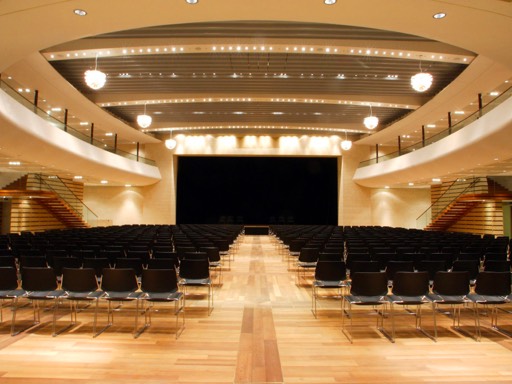
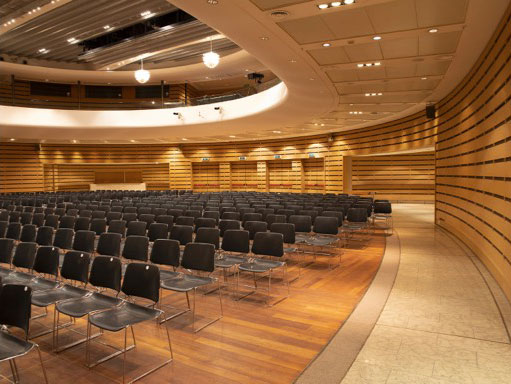
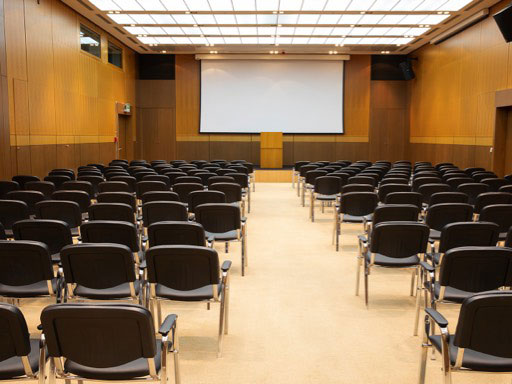
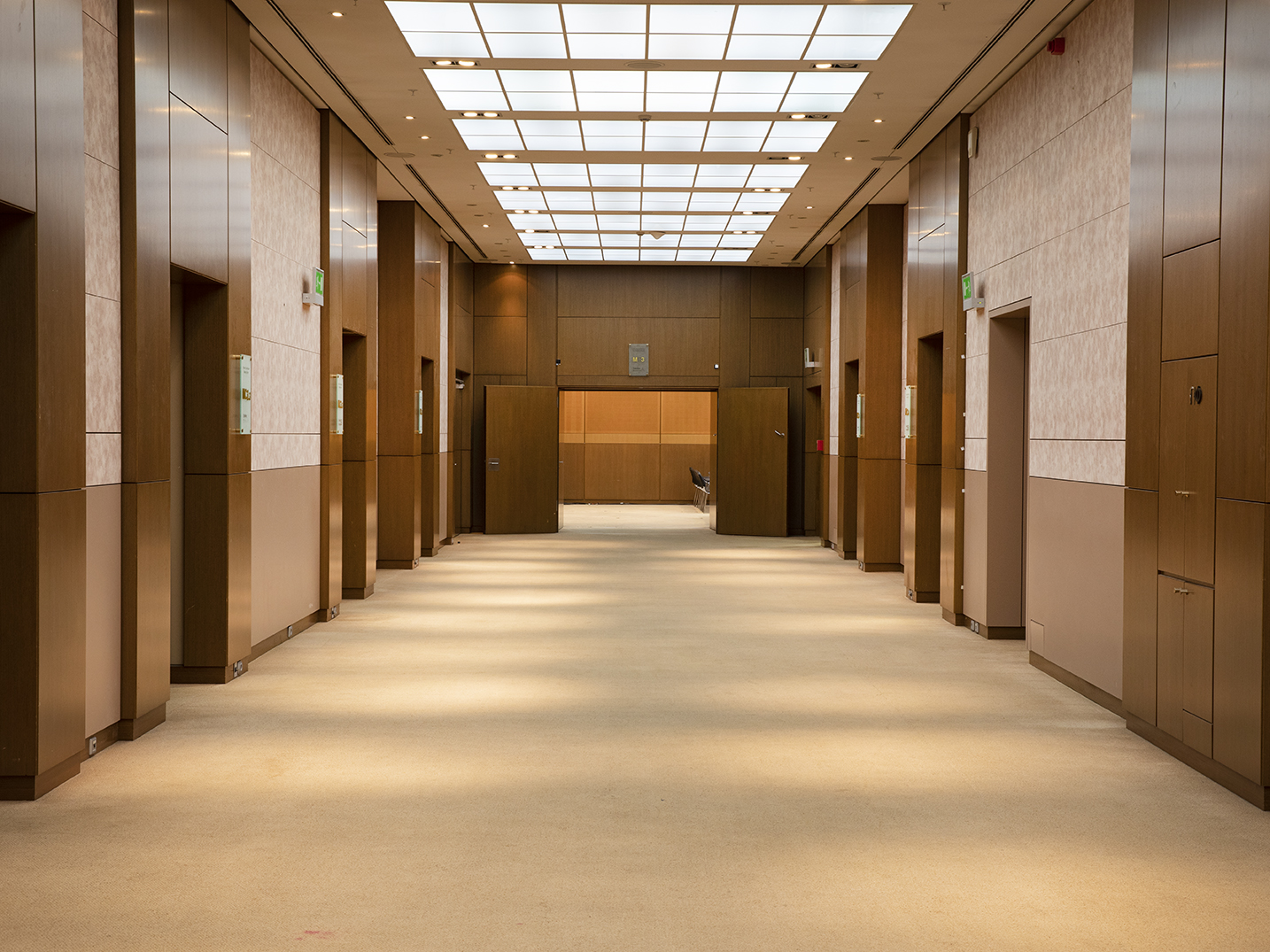
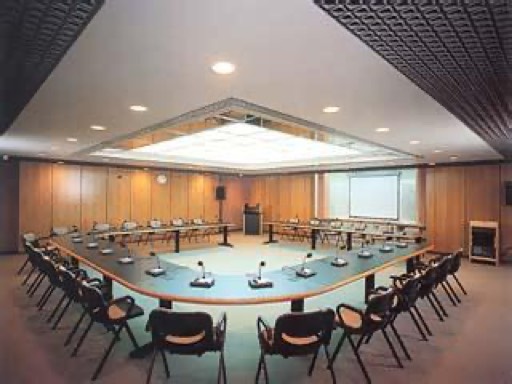
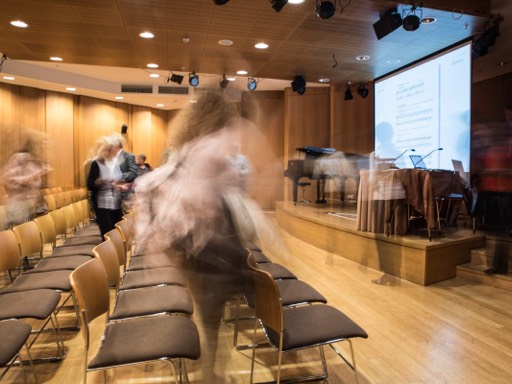
Megaron is situated at the corner of Vas. Sofias Avenue and Kokkali St.
By metro, it’s just two minutes walking from the «Megaro Mousikis» station to the venue entrance.
By bus, buses Ε14, Α5 and 550 stop right in front of the venue
By electrically driven bus, buses 10 and 3 stop right in front of the venue
For more information you can visit OASA & the Arrival & Transport section.
From the airport bus line Χ95, or Metro line 3 (35 minutes ride) transfer directly to the venue
From the railway station, it’s just a 30 minutes ride to «Megaro Mousikis» metro station
From Piraeus, and the new metro station “Dimotiko Theatro”, it’s just a 24 minutes ride to “Megaro Mousikis” station.
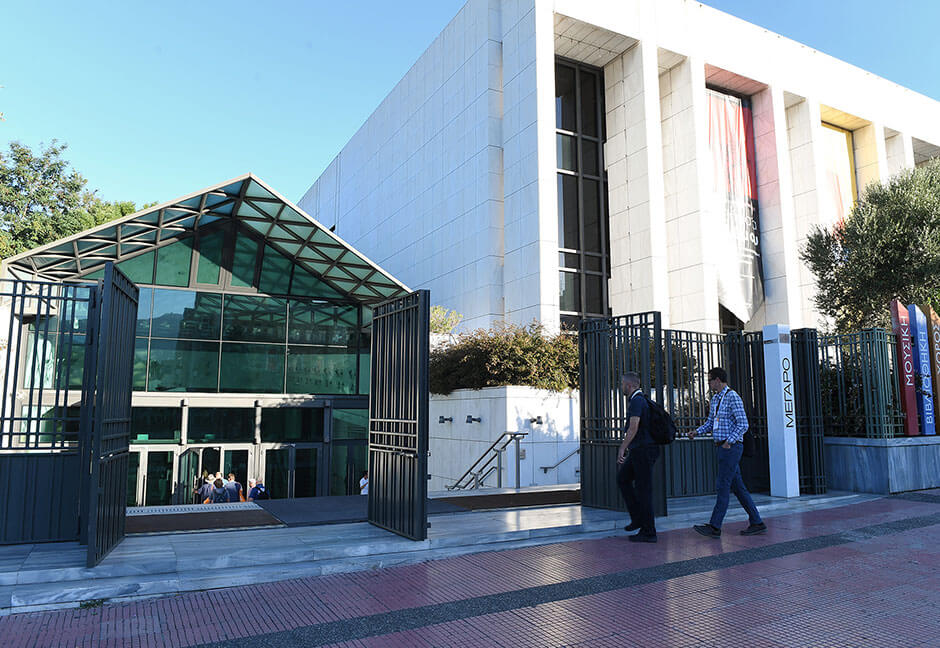
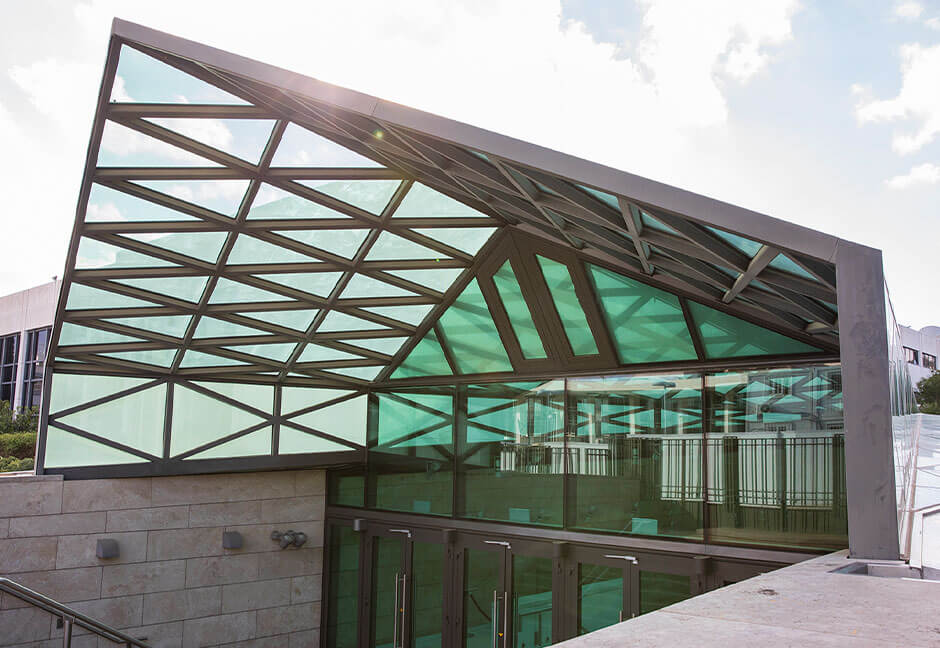
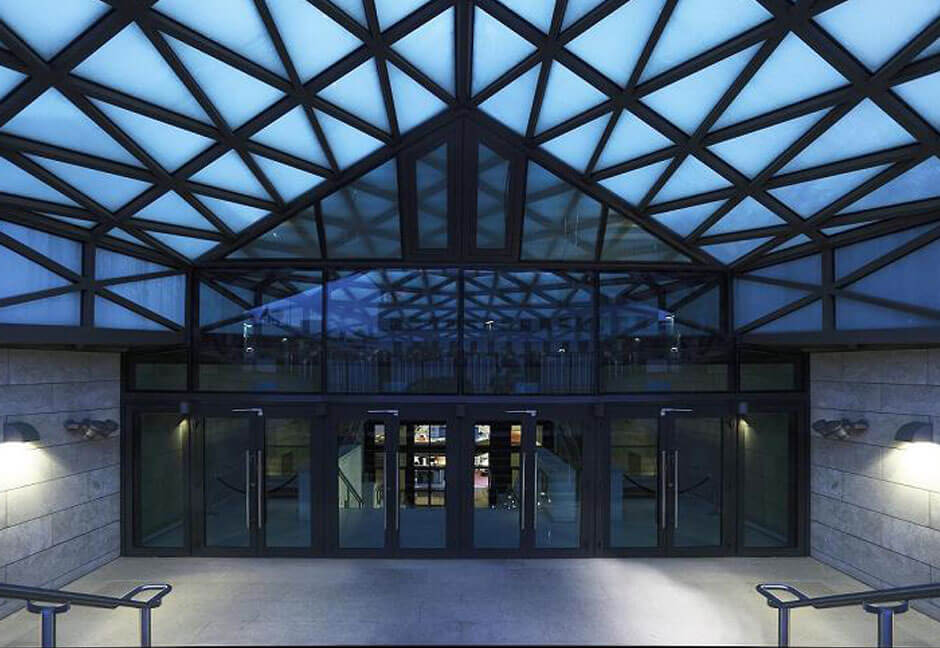
T (+30) 210 6833600
E info@wtc2023.gr
W www.convin.gr
Copyright 2024 GTS | Hybrid Congress Policy | Privacy Policy | Cookie Settings
Developed by LogicOne
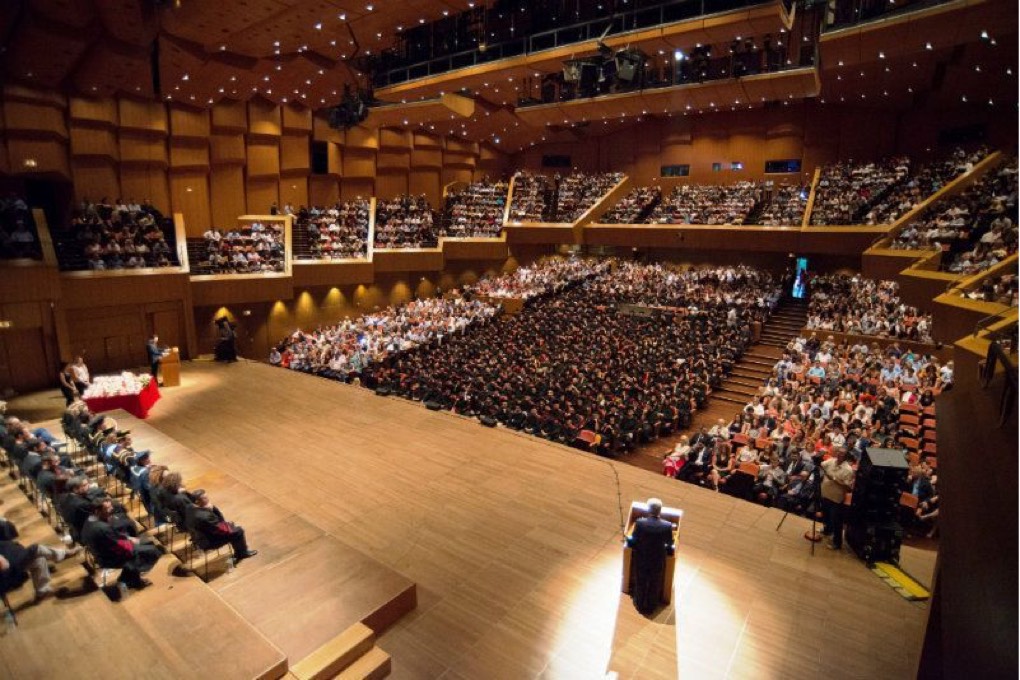
The Christos Lamprakis Hall (formerly the Friends of Music Hall) is an amphitheater of excellent acoustics, amazing aesthetics with excellent visibility from all its luxurious seats. It consists of the square and the galleries, with large foyer spaces on both levels and is ideal for plenary sessions and presentations of high standards.
At a Glance
Set-up: Amphitheater
Seating capacity: 1,960 seats
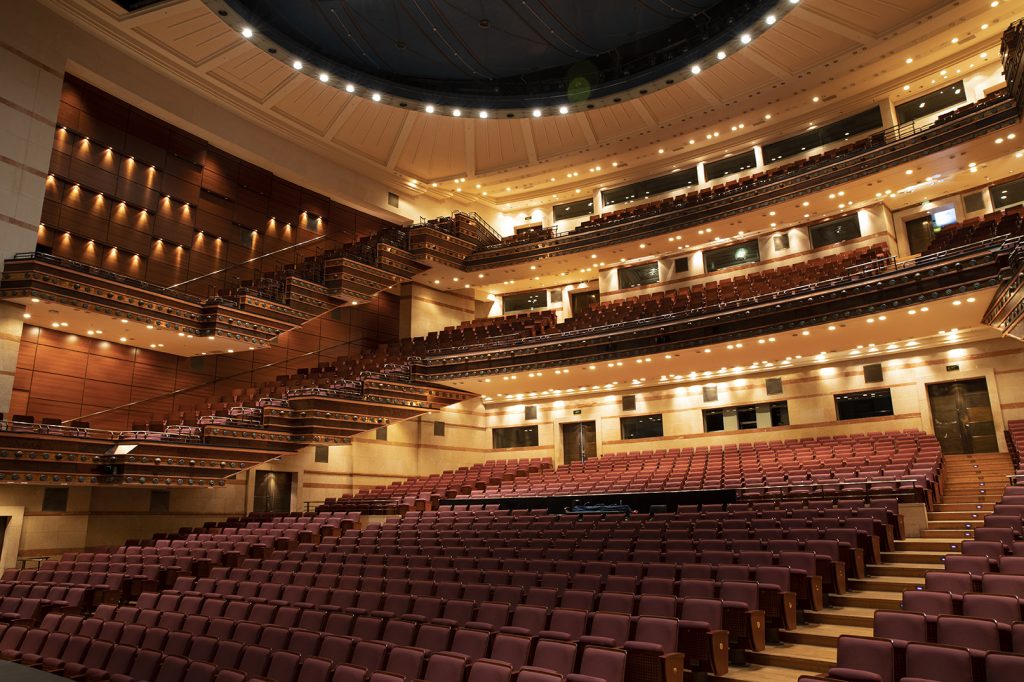
The Alexandra Trianti Hall has an extremely flexible stage, hence, it is ideal for events with complex stage requirements as well as plenary sessions.
At a Glance
Set-up: Auditorium
Seating capacity: 1,500 seats
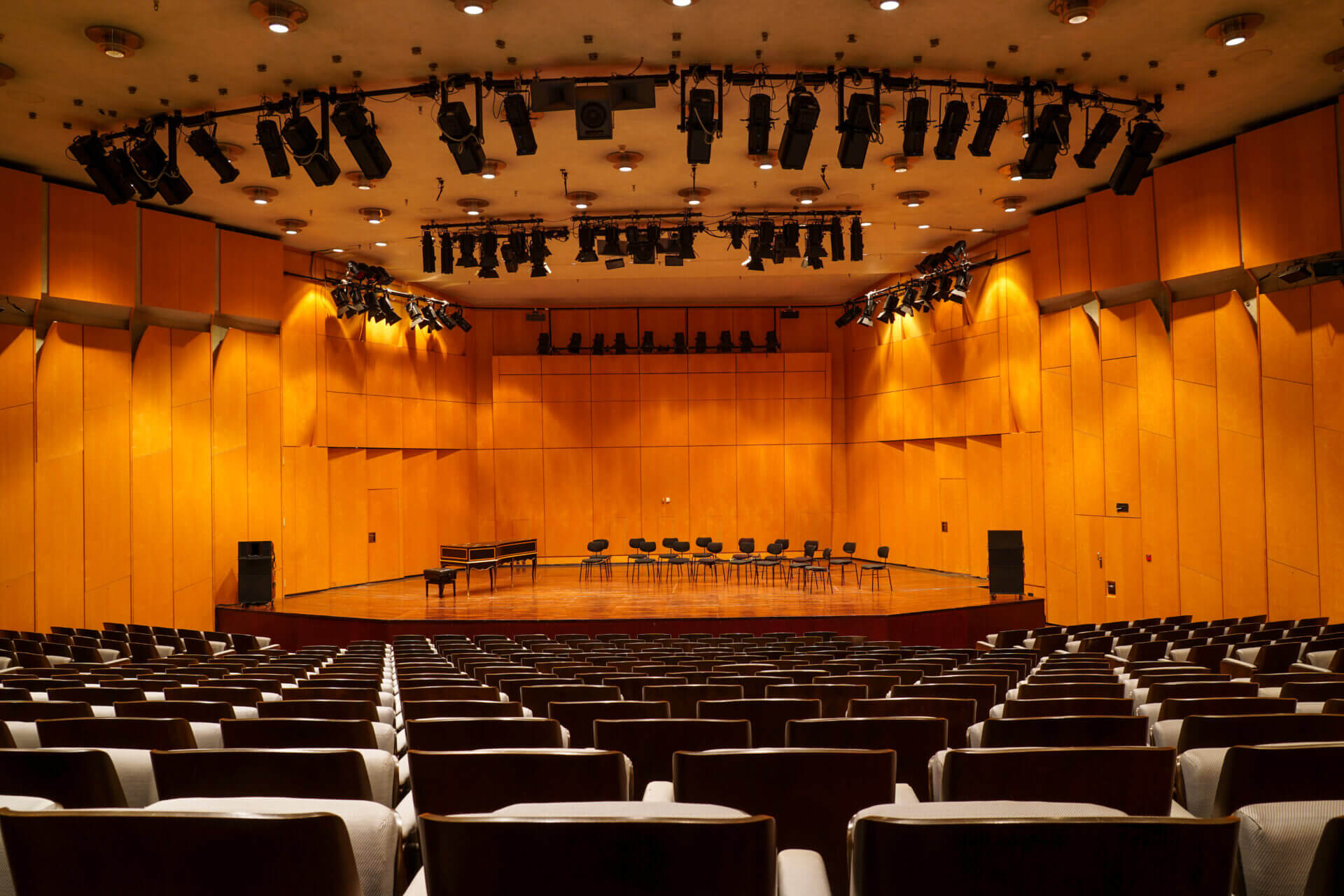
The Dimitris Mitropoulos Hall provides advanced projection, lighting and sound systems with the possibility of a simultaneous translation for 3 languages.
At a Glance
Set-up: Amphitheater
Seating capacity: 450 seats
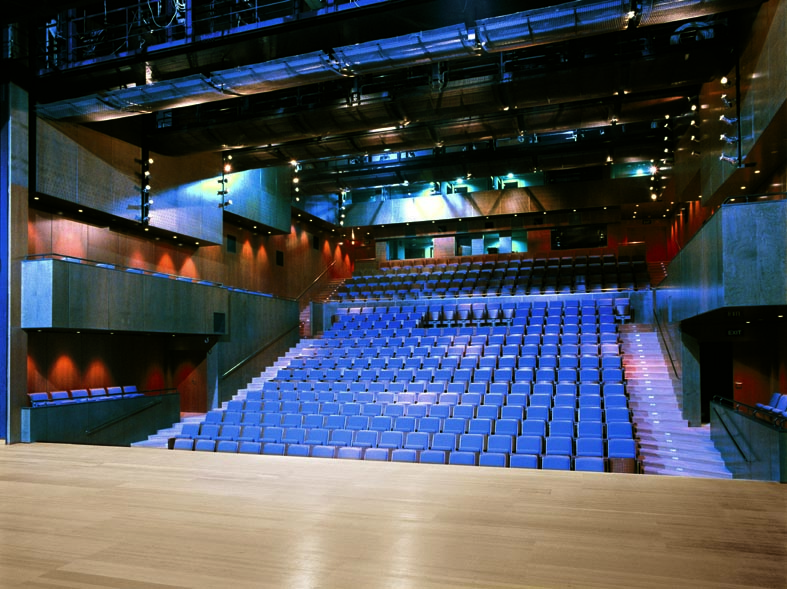
Equipped with cutting-edge technology, the Nikos Skalkotas Hall situated 1 level down from the foyer of the international conference center and from there to the Atrium of the Muses. A prestigious hall which is ideal for plenary sessions, as well as more complex live events.
At a Glance
Set-up: Amphitheater
Seating capacity: 400 seats
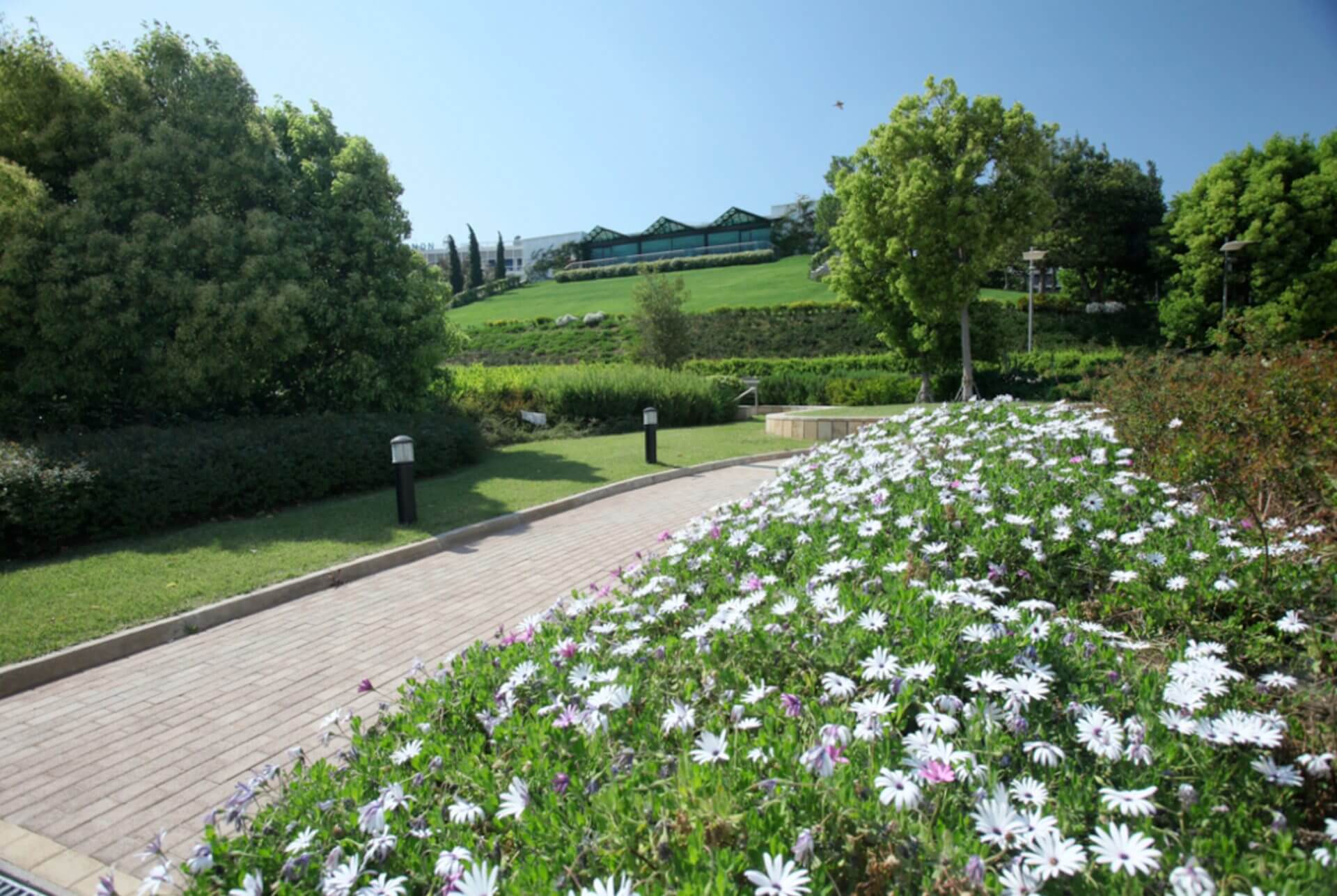
The Megaron Garden
The Megaron garden provides a green oasis of landscaped lawns, terraces and paths around the Centre. Open to the public until sundown, the gardens can be used for several types of events.
At a Glance
People capacity: 5,000 people
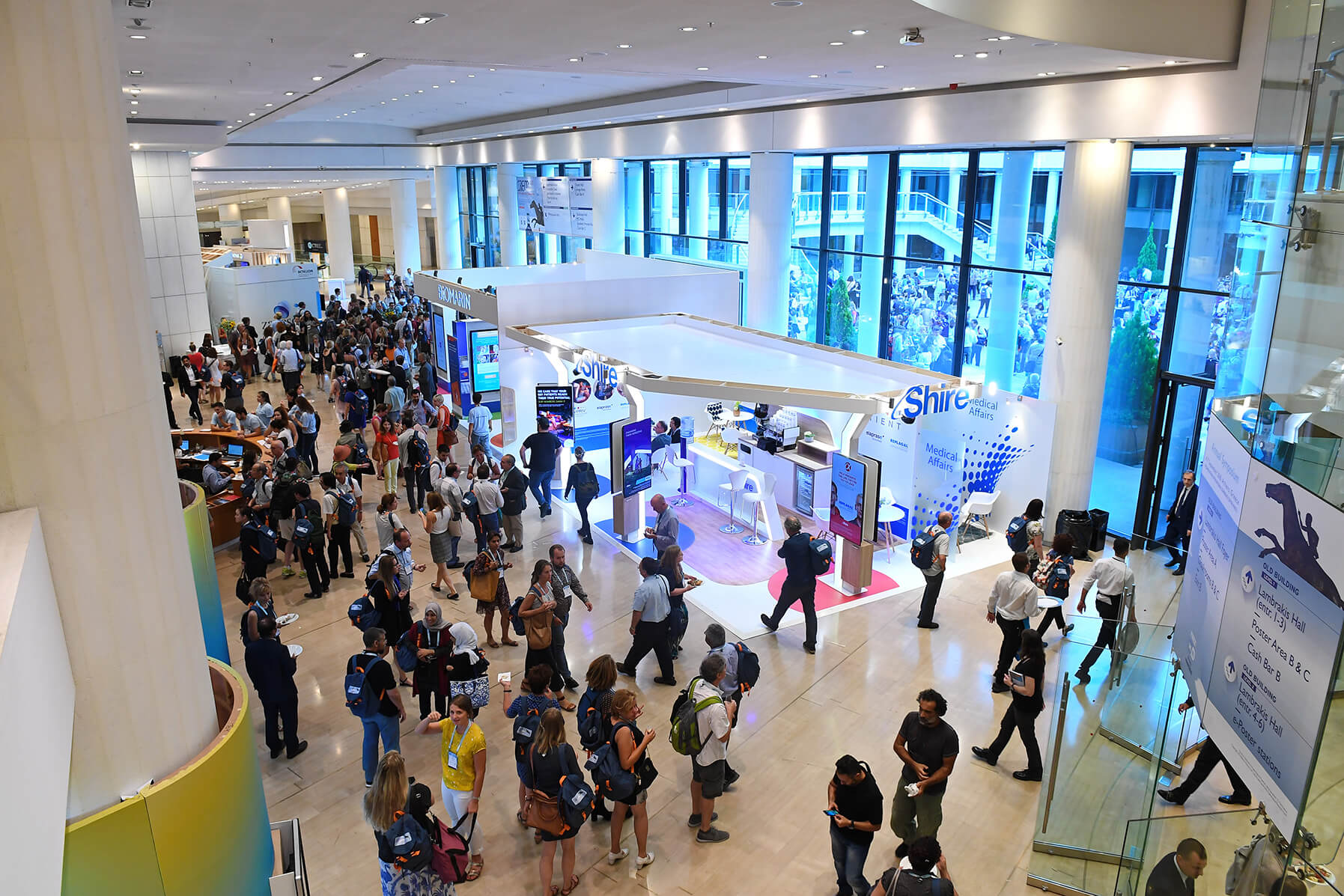
Delegates will be impressed by the space available at this Conference centre, along with the numerous foyers that open out to terraces and gardens. With the total foyer area reaching 12.000 m2 (around half of them at the level of the Conference), the Venue is the perfect place for exhibitions and networking.
At a Glance
12,000 m2 total area
Fully accessible areas
Natural lighting throughout
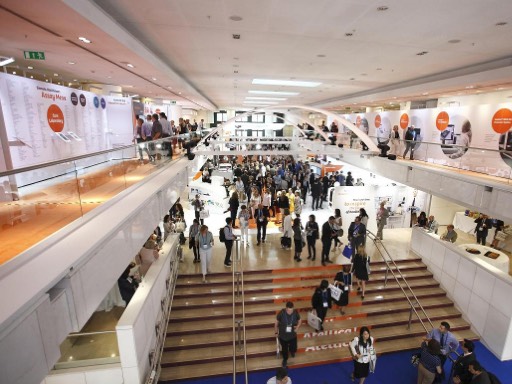
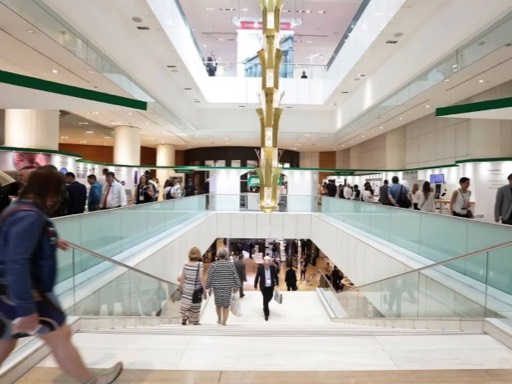
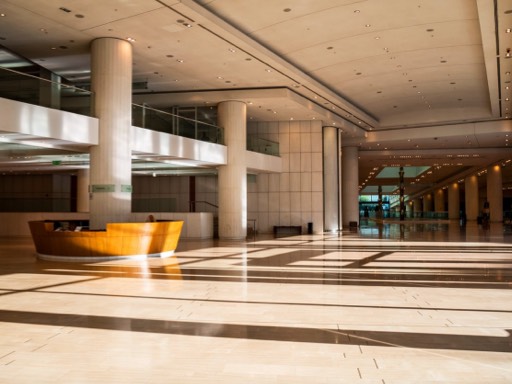
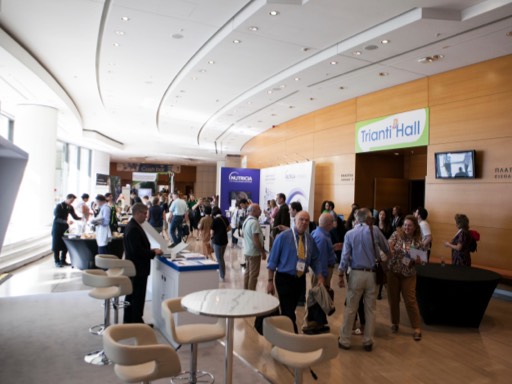
Tarcisio Celestino was previously ITA President (2016-19) and President of the Brazilian Tunnelling Committee. He was the Animateur of the ITA Working Group 12 on Sprayed Concrete Use (2005-10). He earned his doctorate degree in Civil Engineering (Rock Mechanics) from the University of California, Berkeley (1981).
He is currently Professor at the University of Sao Paulo and employed by Themag Engenharia Ltda., Sao Paulo (Brazil), where he leads the Geotechnical Engineering, Engineering Geology &Transportation Engineering Design Groups. He is also responsible for the geotechnical designs of several hydroelectric power plants, subways, highways etc., including major underground works (since 1990). He has also acted as consultant.
Professor Celestino continues to contribute his knowledge for the graduate courses & research areas on Rock Mechanics & Underground Works, at the São Carlos Engineering School, University of São Paulo and for the ITACET Foundation.
Our destination is the exploitation galleys of one of the largest underground mines of Attica. The chambers of metal extraction, rich in recognisable minerals, combine the mystery of ancient drifts with the beauty of caves. We will wander underground for up to 3 hours and explore the maize of drifts, the chambers supported by natural as well as carved-out pillars and the stalactites decoration reminiscent of natural caves. Each of the routes we follow hides surprises waiting to be discovered!
After we will visit the great “Chaos” sinkhole, a heart-shaped sinkhole formation 150m in diameter and 55m deep. This chiasm may have been formed by the collapse of a cave roof as many of the area’s mining tunnels end there.
Scientific theme: Underground mining activity in Lavrio
Duration: 6 hours inclusive
Detailed program
9.30-10.30 Athens-Lavrio
10.30-13.30 Underground mines
14.00-14.30 Stop at dolin “Chaos” and return to Athens
14.30 – 15.30 Lavrio-Athens
Cost per person: 40,00 €
*limited participation on a first come first served basis. In case participants are less than 20, the respective event will be cancelled and a refund wil be given.
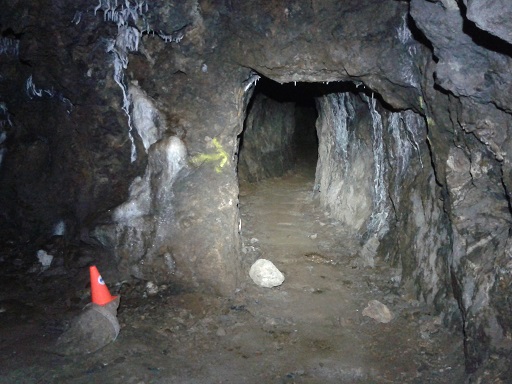
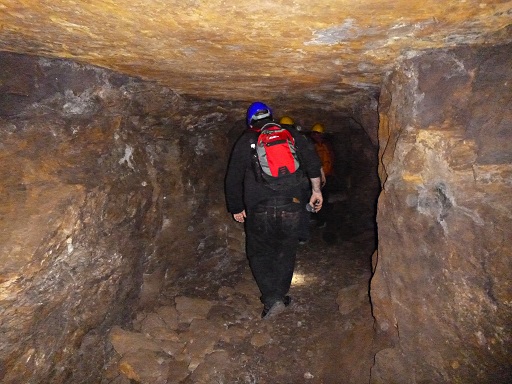
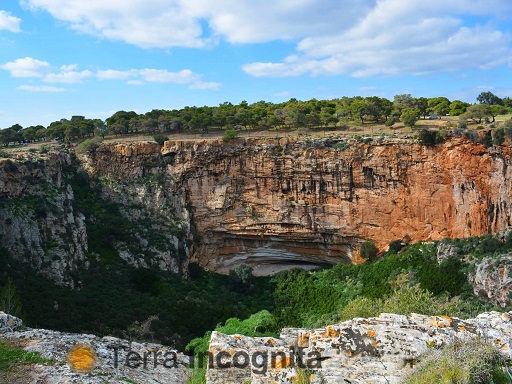
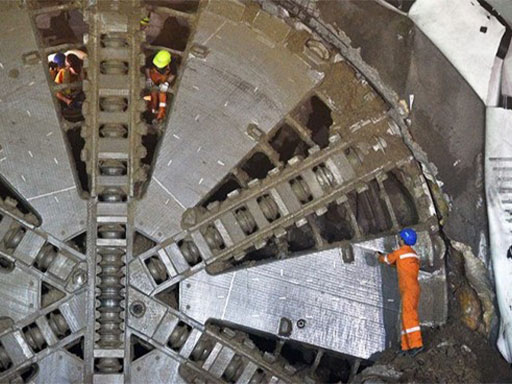
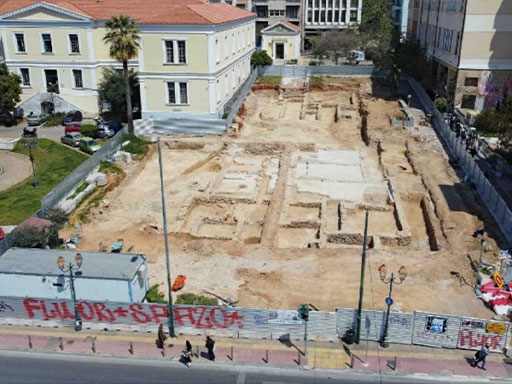
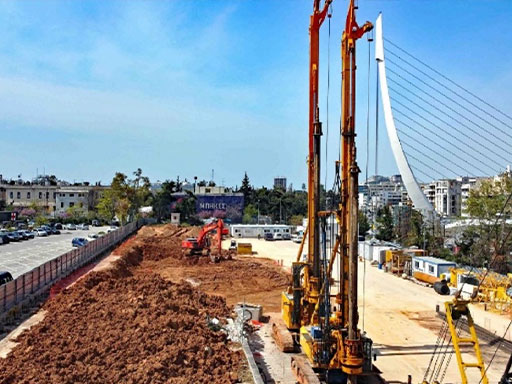
How many surprises can the Athens underground have in store for its visitors? The stroll will start from underground shelters and detention areas of the German Kommandatur, remnants of the 2nd World War in Athens. Then, we will take the steps that start off under a timeworn trap door on the side of a road or hidden away in a sidewalk flower–bed, that will lead us in a different, forgotten underground area of the city! For hundreds of years, underground pathways have been used for various and mysterious purposes. Some say that all underground pathways are interconnected although there is no proof of this. Nevertheless, the allure of an unknown world is always there, beneath the ground we walk on. We lift up the antiquated hatch and descend the stone steps. In the catacomb, we come across tunnels of ancient aqueducts, roman baths and byzantine crypts. The Athens river is also found hidden below the ground, running in old galleys under the most central streets of Athens – we can hear the cars passing over our heads!
We invite you to discover together the hidden secrets of our city!
Scientific theme: underground constructions of the 19th and 20th century.
Duration: Maximum of 4 hours.
Detailed program:
11.00 Meeting outside Metro Station Panepistimio
11.30 Memorial Site (Korai Street). Two-level underground shelter below the Mansion of Ethniki Insurance Company.
13.00 Catacombs of the Russian Church (Filellinon Street). Inside the catacombs a tunnel and a shaft from ancient Peisistratus aqueduct, ruins from roman baths and crypts of the Byzantine order of Likodimos -11th century.
14.00 Ilissos River (area of Panathenaic Stadium). The buried riverbed of Athens river Ilissos.
Cost per person : 35,00 €
*limited participation on a first come first served basis. In case participants are less than 20, the respective event will be cancelled and a refund wil be given.
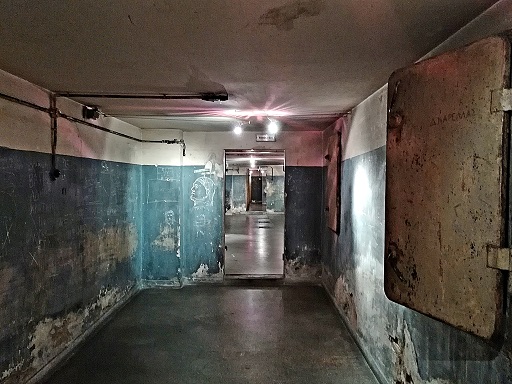
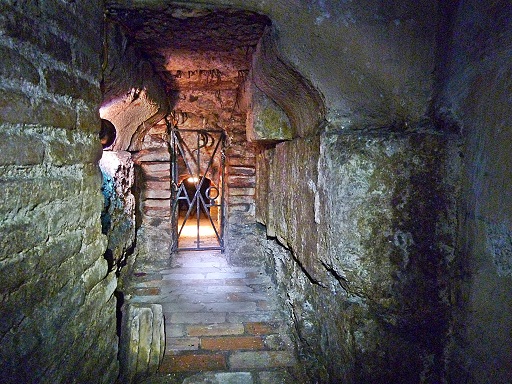
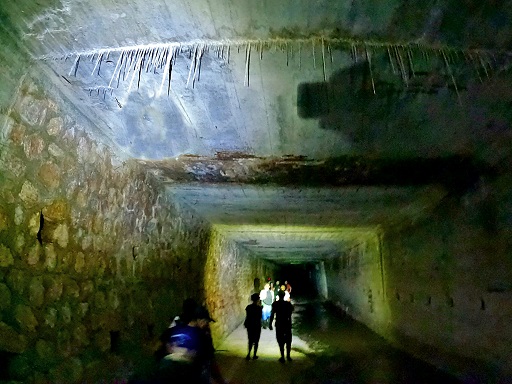



Professor Kyriazis Pitilakis has more than forty years of intensive academic, research and professional experience in civil, earthquake and geotechnical engineering. Vice-President of the European Association of Earthquake Engineering (EAEE), ex- Chairman of the Technical Committee “Geotechnical Earthquake Engineering andAssociated Problems” (TC203) of the International Society of Soil Mechanics and Geotechnical Engineering (ISSMGE), and past President of the Greek Society of Earthquake Engineering. He is presently Professor Emeritus in Aristotle University, Thessaloniki, Greece and since 2019 visiting Professor in Tongji University, International Laboratory of earthquake Engineering (ILEE), Shanghai, China.
Coordinator and scientific responsible of numerous European research projects, namely EUROSEISTEST and SYNER-G, he has a long experience in European research activities in earthquake engineering, geotechnical engineering, vulnerability and risk assessment of civil engineering structures, infrastructures and lifelines. According to the recent Stanford classification he is among the top 10 leading researchers in Civil Engineering in Greece, and among the top 10 leading international researchers in specific topics like Soil Dynamics, Engineering Seismology and Geotechnical Earthquake Engineering.
Chairman of several international conferences including the 16th European Conference of Earthquake Engineering, Thessaloniki 2018 and invited keynote lecturer in many International Conferences. Author of more than 650 scientific papers (h-factor 57) published in peer review scientific journals, and conference proceedings, author and co-author in several books, editor of four books published in Springer Editions, all in relevant subjects of earthquake engineering, seismic risk and geotechnical earthquake engineering. Professor Kyriazis Pitilakis is founder and coordinator of EUROSEISTEST, a large scale experimental facility in earthquake engineering, soil dynamics and engineering seismology that is unique in Europe and worldwide. He supervised more that 30 PhD thesis and numerous of his students hold academic positions in Greece and worldwide.
Professor Kyriazis Pitilakis is strongly involved in the ongoing revision of EC8 (Part 1-Seismic Actions and Part 5-Seismic design of foundations, retaining structures, soilstructure interaction, liquefaction, slope stability and underground structures), while he has been international expert for the revision of other seismic codes worldwide.
He is member of the editorial advisory board in Springer editions (Geotechnical, Geological and Earthquake Engineering), member of the editorial board and reviewer of numerous scientific journals and member of many international societies in earthquake and geotechnical engineering.
Honors: Chevalier dans l’Ordre des Palmes Academiques, French Republic.
Thessaloniki 06.06.2022
The 12th Muir Wood lecture will be delivered by Professor Marc Panet during the WTC2023 in Athens. His nomination being a Muir Wood lecturer was proposed by the French Tunnelling & Underground Space Association (AFTES) as per ITA’s Statues and By-laws.
Marc Panet graduated in Civil Engineering at the École des Mines de Paris and obtained a Master degree at the University of California at Berkeley. He started his career in 1965 at the Laboratoire Central des Ponts et Chaussées, in Paris, where he was a Research Engineer, Head of the Geotechnical Department and Technical Director. In 1982 he joined the SHP Group, in Paris, as Scientific Director. From 1984 to 1996 he was the President and CEO of SIMECSOL; and from 1996 to 2000 President and CEO of FC International SA. Since then he has been working as a consultant. He taught at the École Nationale des Ponts et Chaussées, at the École des Mines and at the École Centrale des Arts et Manufactures, in Paris.
Marc has been in charge of numerous studies in geotechnical engineering for underground works, highways, bridges, and natural hazards. Among the main projects are: the Mont Blanc Tunnel (11.6km), the Frejus Road Tunnel (12.9 km), the Large Electron–Positron Collider (CERN in Geneva), the Channel Tunnel (from 1967 to the end of the construction), the Millau Bridge, the Loetschberg Base Tunnel (43 km), subways in Paris, Rennes, Caracas, Athens and Algiers, the slides of the city of Constantine (Algeria), the project of the suspended bridge on the Straits of Messina (Italy) and the project of the cable-stayed bridge on the Golden Horn (Turkey). He is presently involved in a large number of geotechnical projects.
He is the author of a large number of publications in professional journals and international conferences and of the well-known book “Calculation of tunnels using the convergence-confinement method”.
Marc Panet is a Honorary Member of the French Academy of Technology, Knight of the National Order of Merit and Knight of the Order of Academic Palms.